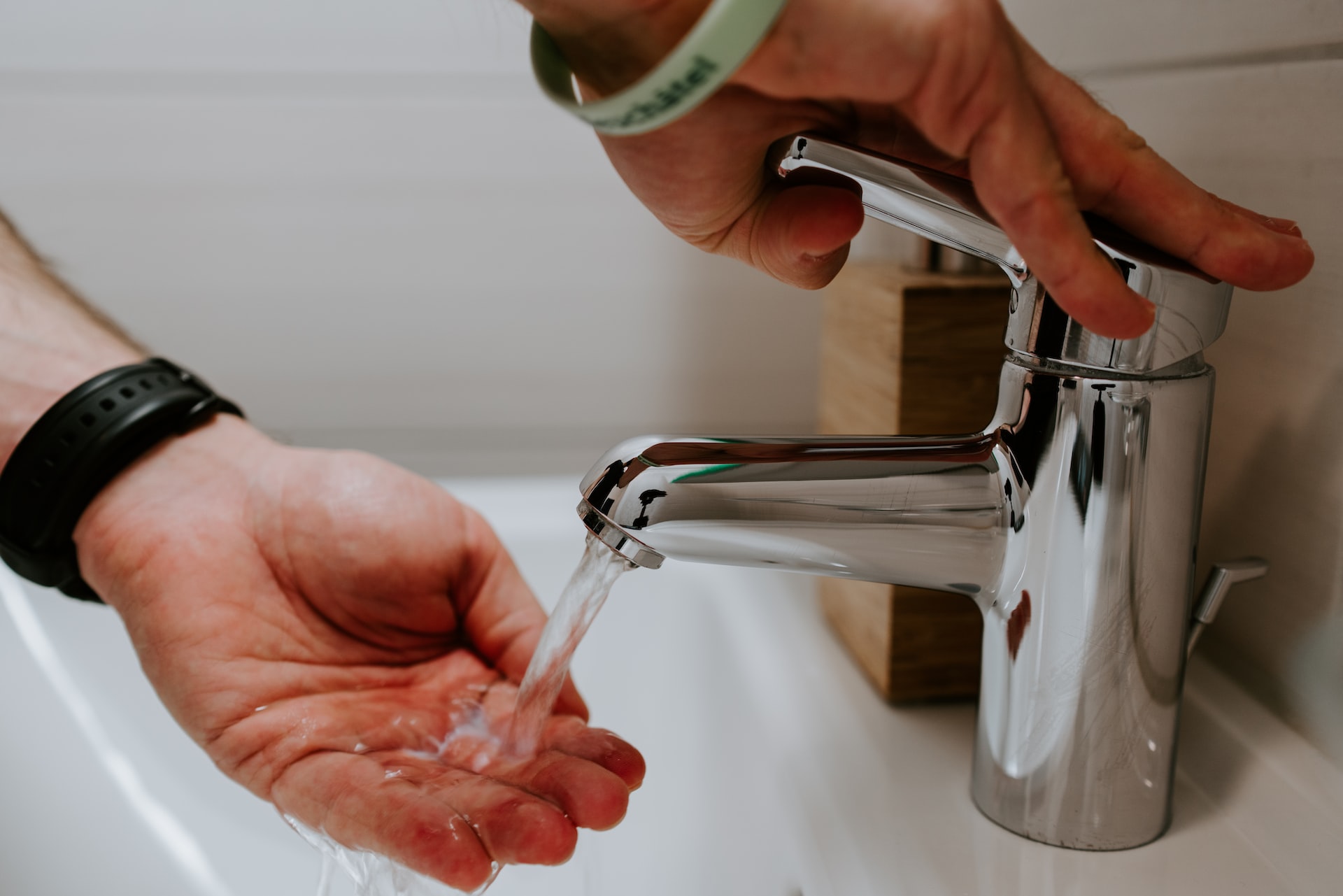Are you tired of spending hundreds of dollars each month on utility bills? You’re not alone. On average, consumers spend $2,060 on utility bills annually, and these costs are expected to rise in the near future.
Fortunately, there are several ways to cut the cost of electricity and water bills so you can keep more of your hard-earned money in your pocket. Read on to discover easy tips you can implement to maximize your savings.
What Utility Bills Can You Save Most Money On?
Here’s a breakdown of how energy is consumed in residential properties:
- Space heating: accounts for 43 percent of energy consumption
- Air conditioning: accounts for 8 percent of energy consumption
- Water heating: accounts for 19 percent of energy consumption
- Lighting: accounts for 5 percent of energy consumption
- Refrigeration: accounts for 3 percent of energy consumption
- All other: accounts for 21 percent of energy consumption
Based on this data from the U.S. Energy Information Administration, space heating and water heating are the areas costing consumers the most and should be the focal point of your cost-saving strategy.
5 Ways to Save on Your Electricity Bill
Below are some strategies to lower your electricity bill.
1. Adjust the Thermostat
During the cooler months, consider turning your thermostat for your air conditioner and heater down between 7 and 10 degrees Fahrenheit for 8 hours a day. Doing so will save you up to 10 percent annually on your electric bill, notes Energy.gov.
Also, consider investing in a smart thermostat that syncs with your WiFi and can be controlled from your smartphone. These devices are designed to automatically set your home’s temperature based on your schedule to maximize cost savings. Smart thermostats also provide home energy usage so you can manage it more effectively.
2. Unplug Items Your Are Not Using
You’ll need to keep some appliances, like the refrigerator, plugged in at all times. Others should be unplugged to reduce what’s referred to as the standby power load. It’s the amount of electricity that’s consumed by products that are in standby mode or turned off and accounts for between 5 percent and 10 percent of the electricity used in your home.
However, you can reduce this amount and save up to $100 annually by unplugging products, like the microwave, toaster oven, televisions, phone chargers and video game consoles, when they’re not in use. Energy.gov also suggests using a power strip to plug in your appliances and turning it off when you’re not using the items that are plugged in. And for those items that have to remain plugged in at all times, switch to ENERGY STAR® products that are designed to operate more efficiently and consume less energy.
3. Use Energy Saving Bulbs
Lighting is an important element of any home. And unless you rely on natural light from open windows or blinds at all times and burn candles at night, you’ll need to flip the switch at some point. Unfortunately, though, it can be costly as lighting accounts for 15 percent of the energy used in your home, notes Energy.gov.
The upside is you can save money on your electric bill – up to $225 annually – by switching to LED lighting. These bulbs produce the same level of lighting but have a useful life that’s 25 times longer than what you’ll get with traditional incandescent light bulbs. Even better, they consume 90 percent less energy, which leads to significant cost-savings for you.
Once you’ve switched to LED lighting in your home, it’s worthwhile to invest in dimmers or timers to adjust the level of lighting throughout the day or automatically shut the bulbs off when you’re not in the room. These devices also help you save even more money on lighting costs.
4. Change the Temperature of Your Water Heater
On average, households spend between $400 and $600 on water heating annually, notes the U.S. Department of Energy. This expenditure accounts for 14 to 18 percent of your utility bill. Still, it can be scaled back by setting the temperature on your water heater thermostat to no higher than 120 degrees Fahrenheit – the lower you can tolerate, the better.
Appliances that rely on the hot water heater, including washing machines and dishwashers, can also be upgraded to ENERGY STAR® appliances to save even more money on water heating bills.
5. Shop Around for a New Energy Company
Depending on where you live, you may have the option to switch to a new provider with more affordable rates. Reach out to the power company you currently use and inquire about energy companies you can possibly switch to lower your utility costs.
5 Ways to Save on Your Water Bill
These tips will help you minimize your water bill.
1. Use Your Dishwasher Instead of Washing Up Dishes
Hand washing your dishes may seem like the best way to get your plates, cups, pots, pans and eating utensils squeaky clean. But contrary to popular belief, it’s actually more cost-effective to use the dishwasher. Energy.gov estimates cost savings at roughly $35 per year if you use an ENERGY STAR-certified dishwasher to clean your dishes. Plus, you’ll save over 8,000 gallons in water consumption by choosing not to wash by hand.
2. Install Water Saving Faucets and Shower Heads
These types of faucets and shower heads allow you to save money because they’re considered “low flow” mechanisms. Expect the water pressure to be lower when using these devices – this feature helps scale back water waste to help you save more.
An investment of $10 to $20 per unit is needed to install water-saving faucets and shower heads. But it’s well worth it as it equates to 25 to 60 percent in cost savings for the average household, according to Energy.gov.
3. Check for Leaks
Leaky faucets may seem like a small nuisance that can be overlooked. Still, it’s worthwhile to have them repaired. In fact, one leaky faucet that drips every second accounts for 1,661 wasted gallons of water annually, and will cost you up to $35, notes Energy.gov. This amount can quickly add up if you have several leaky faucets around the home.
4. Turn Off the Water When Brushing Your Teeth or Showering Until Needed
Also, monitor your hot water consumption and try using less water if possible. A few ways to pull this off include cutting back on the time you spend in the shower, only turning on the water to rinse after brushing your teeth and using cold water in the washing machine when you do laundry.
5. Learn and Practice More Water Saving Habits
Some additional habits you can adopt to reduce water consumption include:
- Doing laundry once you have a full load of clothes to wash instead of washing a few items at a time
- Using a basin in lieu of a stream of constantly running water to rinse food and kitchen items
- Only flush the toilet after using the restroom instead of using it to dispose of trash, tissues and other small pieces of paper
- Skipping daily lawn watering and choosing an optimal amount of time when you do decide to water it
- Not using the garbage disposal as they consume a ton of water
- Filling up water bottles using tap water and storing them in the refrigerator to cool off instead of running the faucet each time you need a drink
Bonus Tip: Get an Energy Audit
Contact your electric provider and request an energy audit. A certified professional will come to your home, perform an examination and offer suggestions on ways to lower your energy costs. They may also share provider-specific programs to help you keep even more of your hard-earned money in your pocket. This service is often available free of charge and takes just up to two hours of your time.
How to Use Your Utility Bills to Raise Your Credit Score
Although they are relatively costly, utility bills offer a unique benefit – the opportunity to build your credit score by getting credit for timely payments made to your provider each month.
This perk is available through Experian Boost, a free service designed to help raise your credit score right away by giving you credit for on-time payments made to eligible utility providers, rent and video streaming services. Signing up won’t negatively impact your credit score as Experian only includes positive payment history in your credit report. The average user who sees a boost from non-rental data saw an increase of 13 points in their FICO Score based on Experian data.
Experian Boost automatically reviews your transaction history from the bank account(s) you connect to identify qualifying payments, so you won’t have to do any legwork. Even better, it is available through the CreditWorks Basic membership that also includes these benefits to help improve your credit health:
- Daily Experian credit report monitoring
- Real-time alerts for new credit inquiries, new accounts, credit utilization or account balance changes, dormant accounts or positive activity updates in your credit profile
- Monthly Experian credit report and FICO score updates
- FICO score tracking and alerts any time your score changes
Visit Experian’s website today to learn more about its offerings, sign up for a free account and start using Experian Boost or get your credit score for free.







